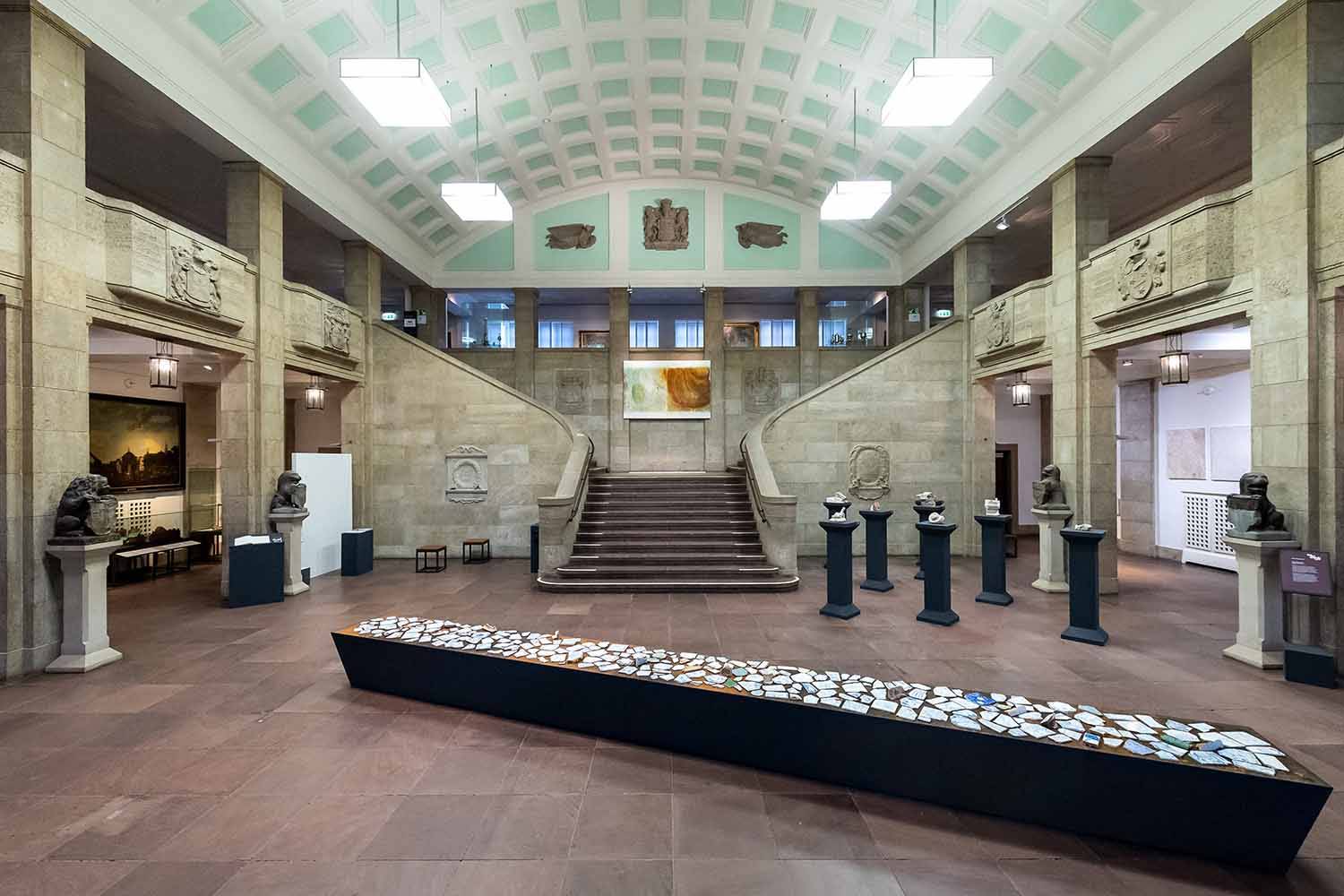You can continue your child's development while on holiday. For example, if you're with your family in Hamburg, be sure to visit one of the region's most interesting cultural institutions: the Hamburgisches Historisches Museum. It shows the history of Hamburg from its beginnings to the present day. The local harbour is a special focus of the exhibition. If your child is a history buff, or if you just like visiting interesting places together, the Hamburgisches Historisches Museum is a must.
It was founded in 1839 and moved to its current location in 1922. It was designed by Hamburg's chief architect, Fritz Schumacher. During the Second World War, the facade of the building was partially damaged. After the war it was restored and its exterior was slightly changed.
Today the building houses 20 permanent exhibitions, the most interesting of which are Fire 1948, Medieval Hamburg, Hamburg in the 20th century, The Sea Trade, The German Empire and Fashion and Music. A grimly decorated hall dedicated to the development of Hamburg in the Middle Ages is full of maritime and pirate paraphernalia. The collection of pirate skulls pierced with large nails is particularly awe-inspiring for the museum's young visitors.
The Hamburg Museum of History also has many models of people's lives in past centuries. There are miniature models of buildings and ships, as well as 1:1 models of interiors. One of the most interesting is a model of the fortress around which the city of Hamburg was founded.
The highlight of the museum is a large 1:32 scale model of a German railway. It's one of the biggest models in Europe. It is always full of children of all ages, as the trains and other railway components can be seen up close. The total length of the track is 1200 metres. It is important to note that, in addition to the various trains, there are quite realistic human figures and a lot of infrastructure objects.
The Hamburg Museum of History has a number of rare items. For example, elements of public buildings and private houses that survived the great fire of 1842, or parts of buildings in the city centre that were demolished because they were dilapidated or unwanted. These include parts of medieval churches and whole sections of old log houses dating from the 14th century.











